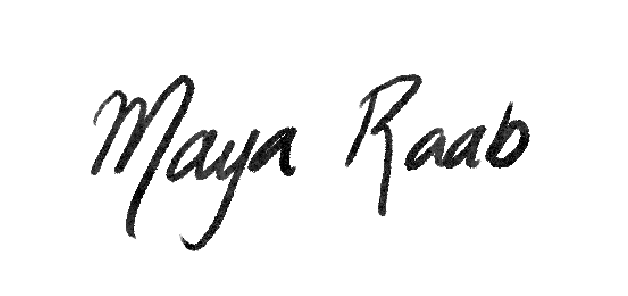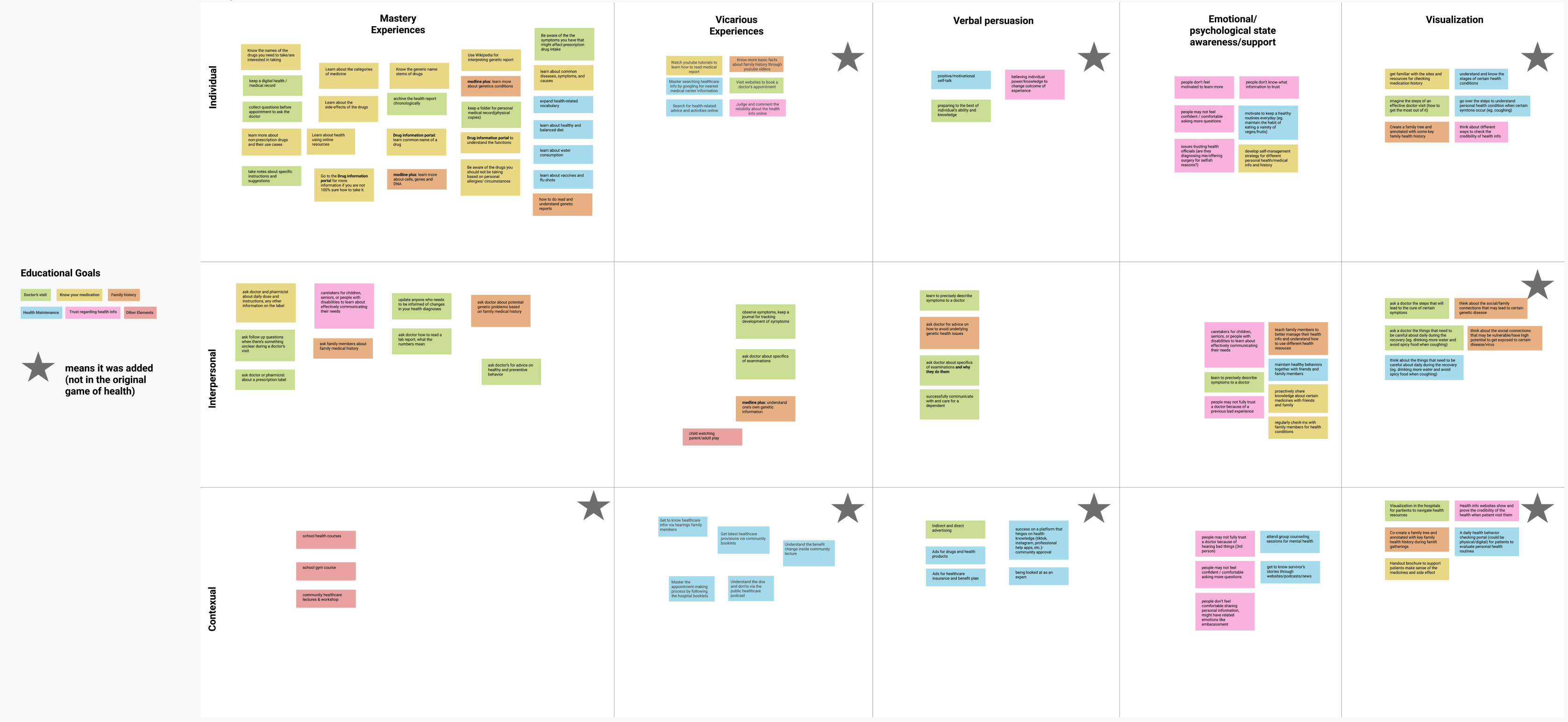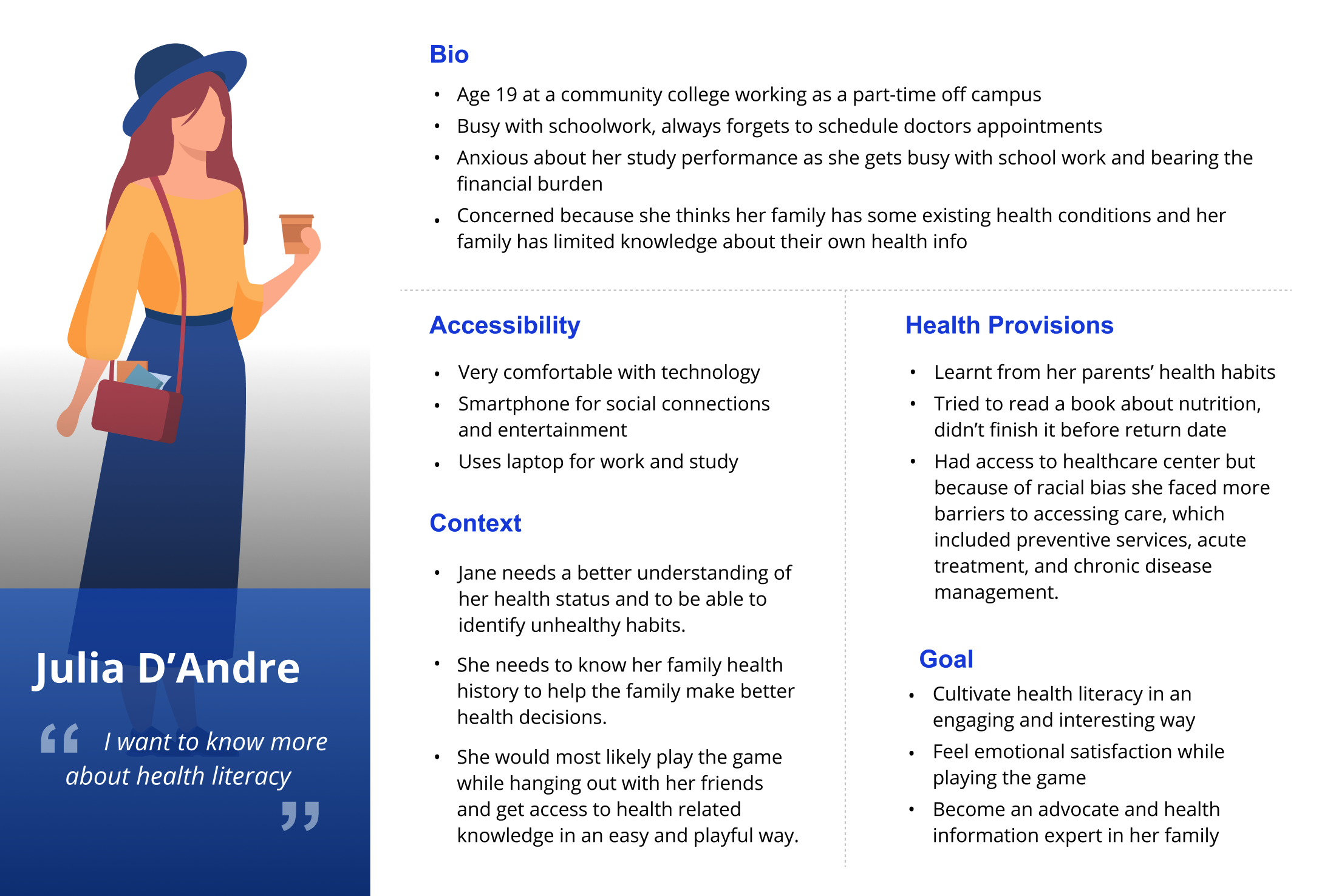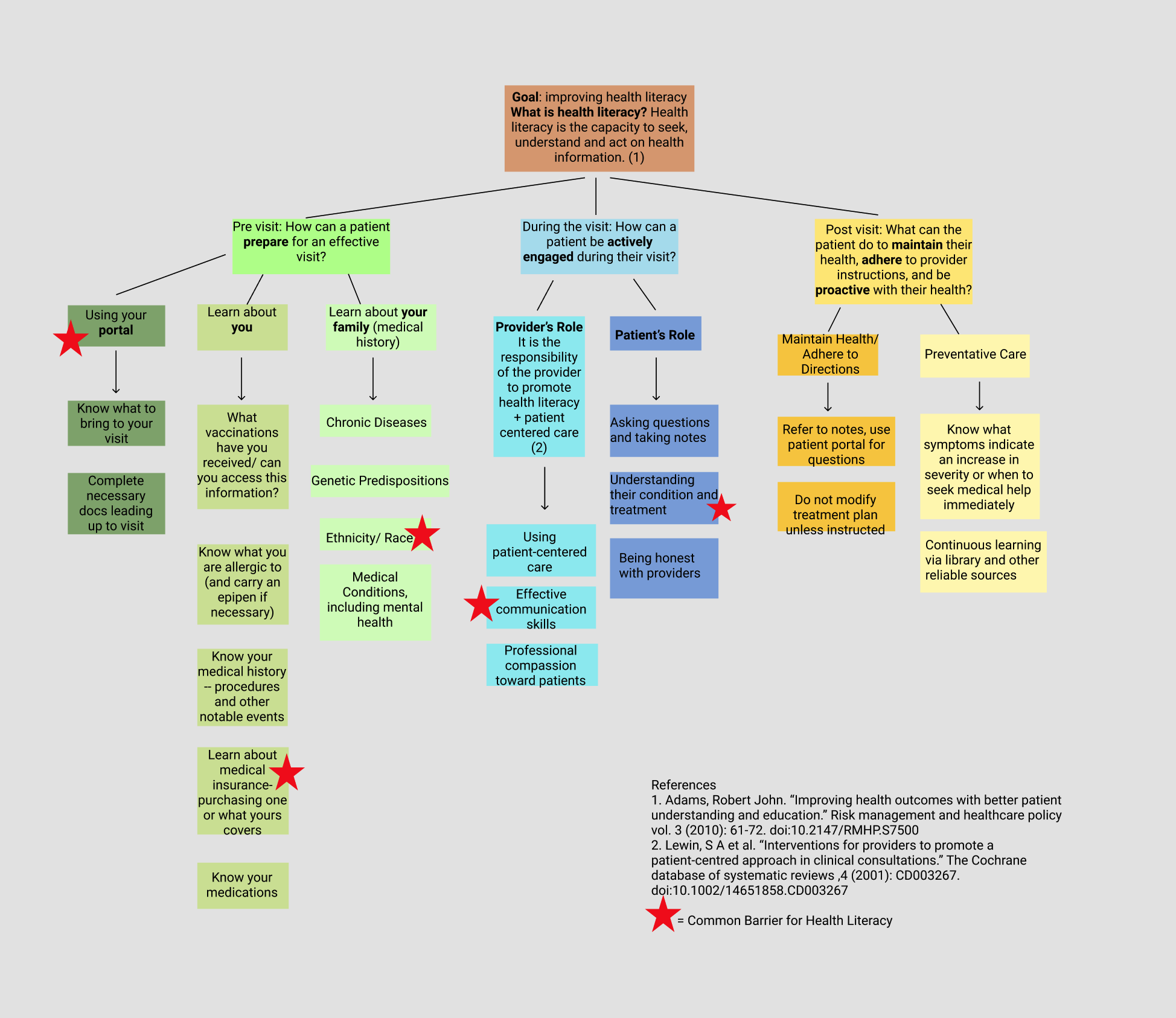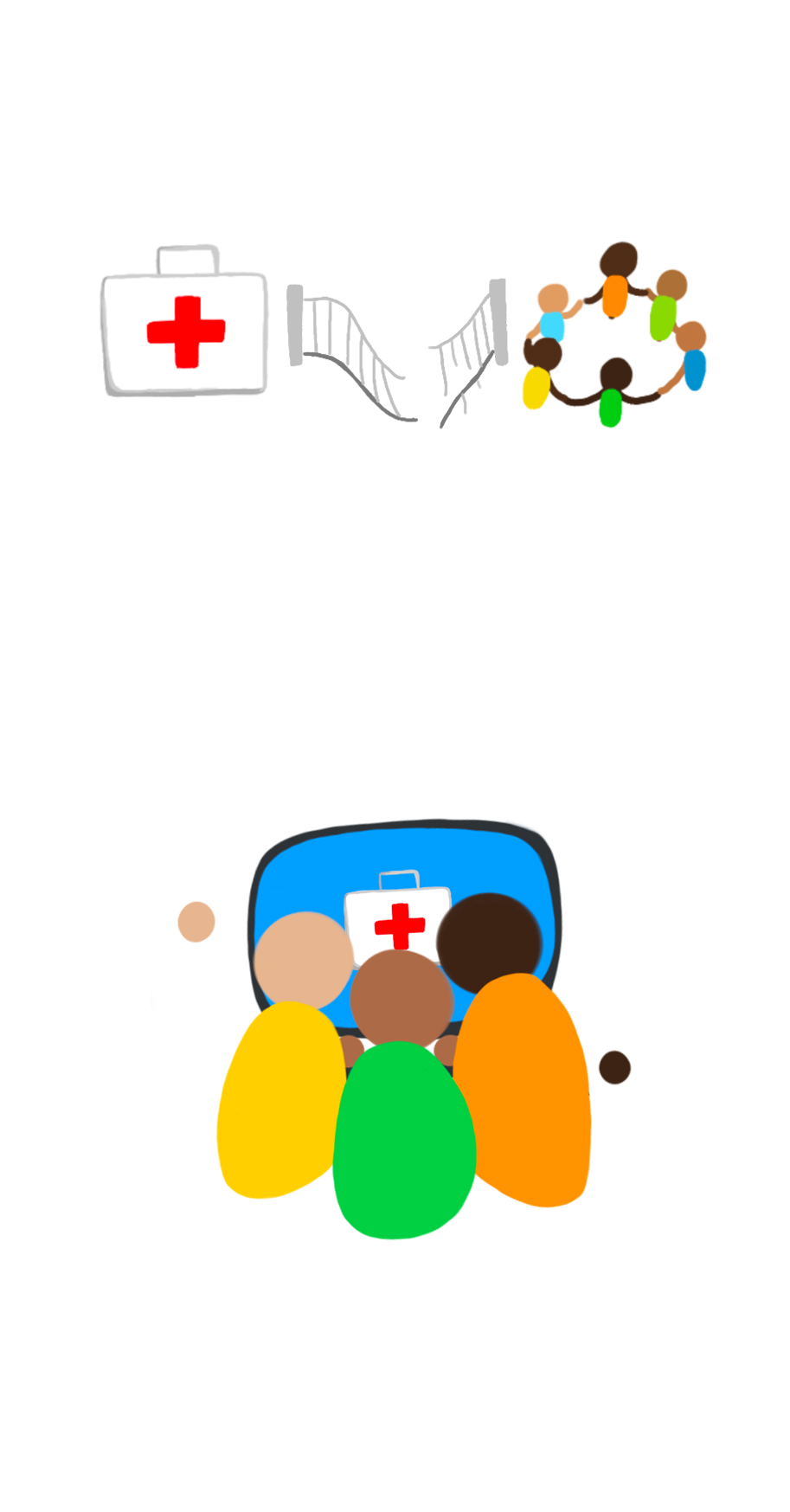
PROBLEM
Underserved communities in the US have a high level of generational mistrust with healthcare information and systems, leading to higher usage of emergency healthcare and higher mortality rates.
SOLUTION
An interactive, visual story game that builds self-efficacy and knowledge in lifelong health information. This game can be played at local libraries and teaches information with an indirect, all-ages-friendly approach.
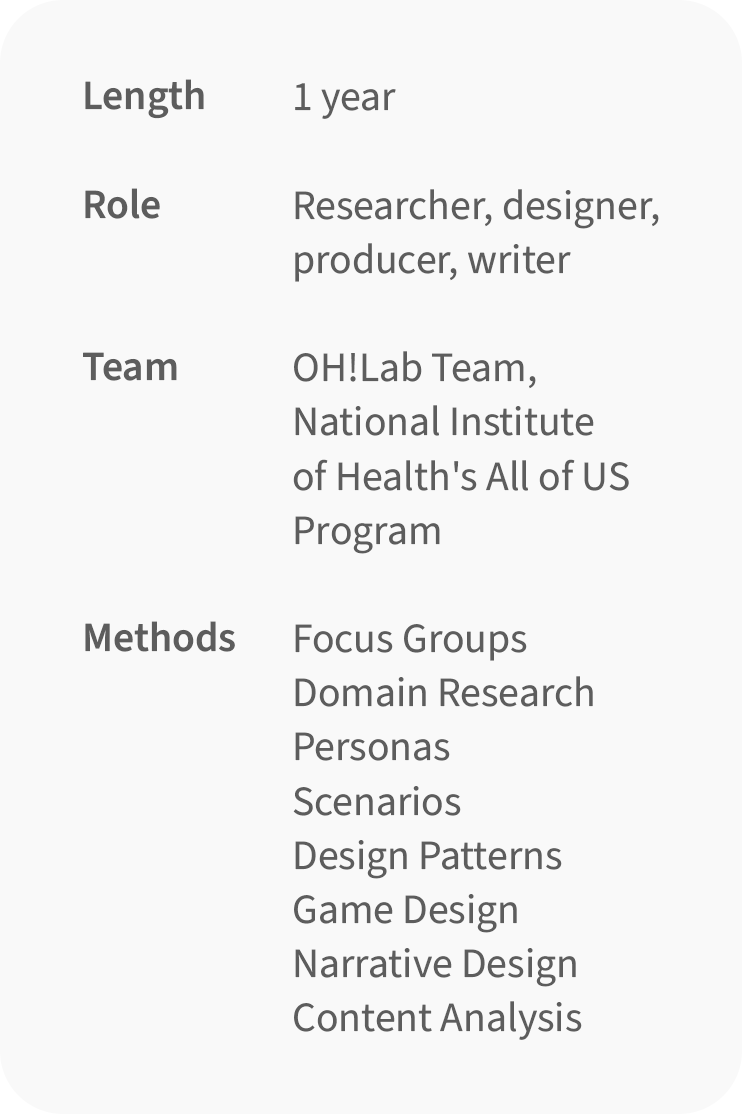
SUMMARY OF CONTRIBUTIONS, PUBLICATIONS, AND AWARDS
As an interdisciplinary member of the team, I held multiple roles simultaneously throughout the project. My time flowed between the responsibilities of a research assistant, game designer, production assistant, and content writer.
researcher
While working on the pre-production research team, I worked with the team to create a guiding set of principles and focus for our work using the Transformational Framework for Game Design, and conducted literature reviews on several guiding topics for our work. During this time, I also acted as a liaison between the design team and research team, updating the designers on our findings in self-efficacy research and game design principles with proven effects on players.
"Best Student" at the '22 International Conference for Meaningful Play.
designer
As a designer, I completed game sketches for presentation to the design team, worked on iterating the core loop for the game, and on guiding some of the primary play decisions using information gathered from our research and game design principles.
In continuation, I would focus on more player autonomy, adding more complex storylines so the player can experience more unique solutions. I would also perform more comprehensive and robust user testing with the communities, to discover and work through problems that may not have arisen in prior research.
producer
As production started, my role shifted to active research running community focus groups and providing feedback to the design team. I was also recruited to the narrative team, and worked on designing several NPCs using community-sourced issues, shaping the player role, and writing narrative content for the visual novel elements of the game.
During production, we successfully wrote and published a paper to CHI Play:
Designing a Self-Efficacy Game for Health Literacy in Marginalized Communities
Post-involvement, the game was a finalist for the 2021 James Paul Gee Learning Games Awards in the "Informal Learning" category with the following published feedback for the game:
"... our thoughts on Bloomwood Stories (written by Tienya):
Bloomwood Stories is compelling, diverse, profoundly original, and meets Gee’s five learning attributes. The narrative has a complex system where the players choose between two-player modes, sandbox or fish tank. Their notebook serves as the scaffolding for the sandbox mode. Once the players gain confidence, understand the purpose of each agency, and acclimate to the complexity of the game, they can decide to play the full game without relying on the guidance of the notebook. Then, the players chooses whether they want to customize their roles to be more or less supportive to each character. Lastly, the responsibilities of their roles motivate them to be new people by the end of the game. During the players’ journey, they experience cycles of expertise that build the character of the players. The complex system, player modes, the players’ ability to customize their role, cycles of expertise, and the players’ transformation are Gee’s five learning attributes. This game is unique in that it has all five. For this and the other reasons mentioned earlier, we believe Bloomwood Stories is in a category of its own."
BLOOMWOOD STORIES: THE BLOCK PARTY - FINAL DESIGN
Following several iterations, below are the features of the published game that I contributed to. The game is available to the public here.
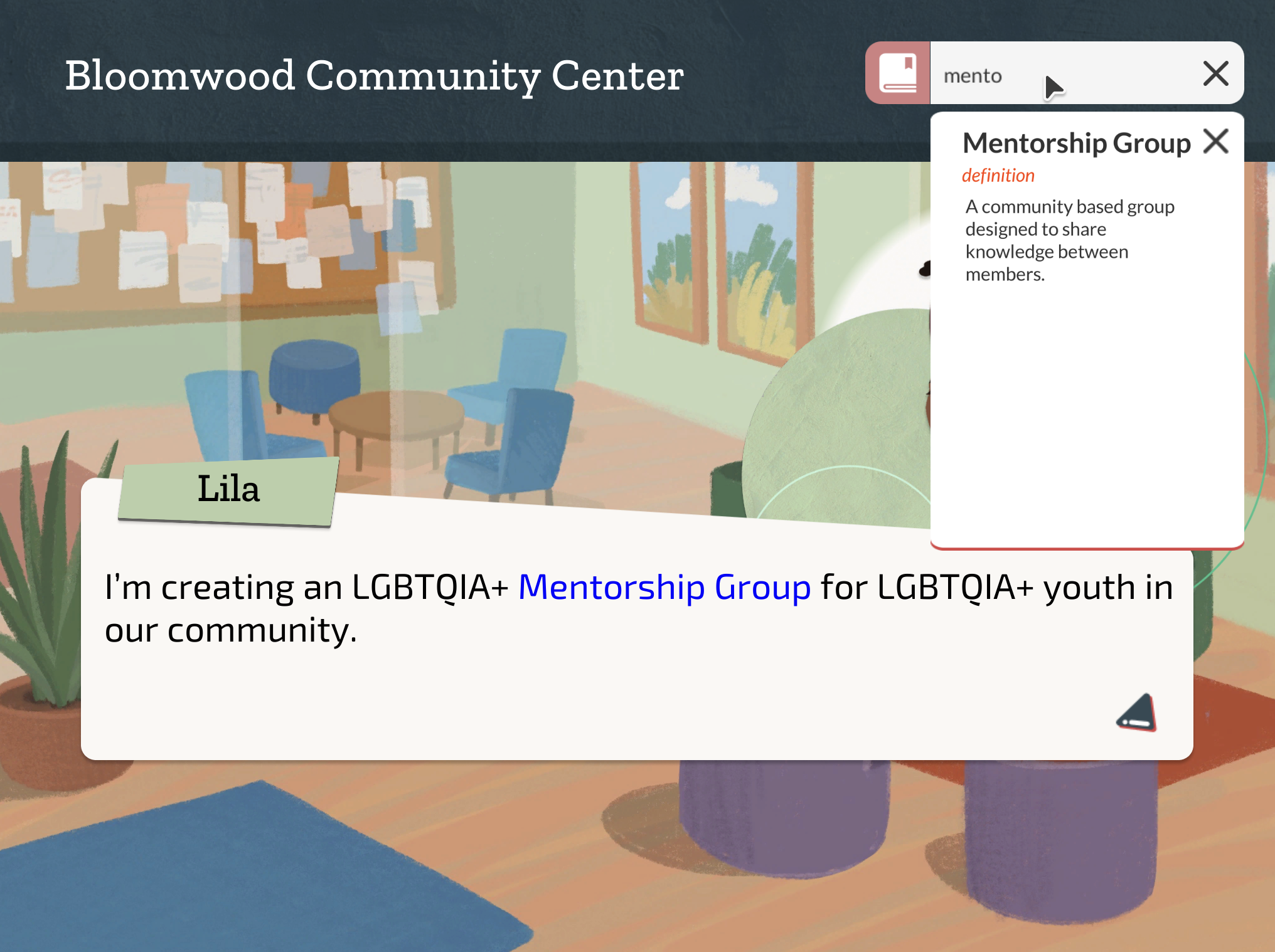


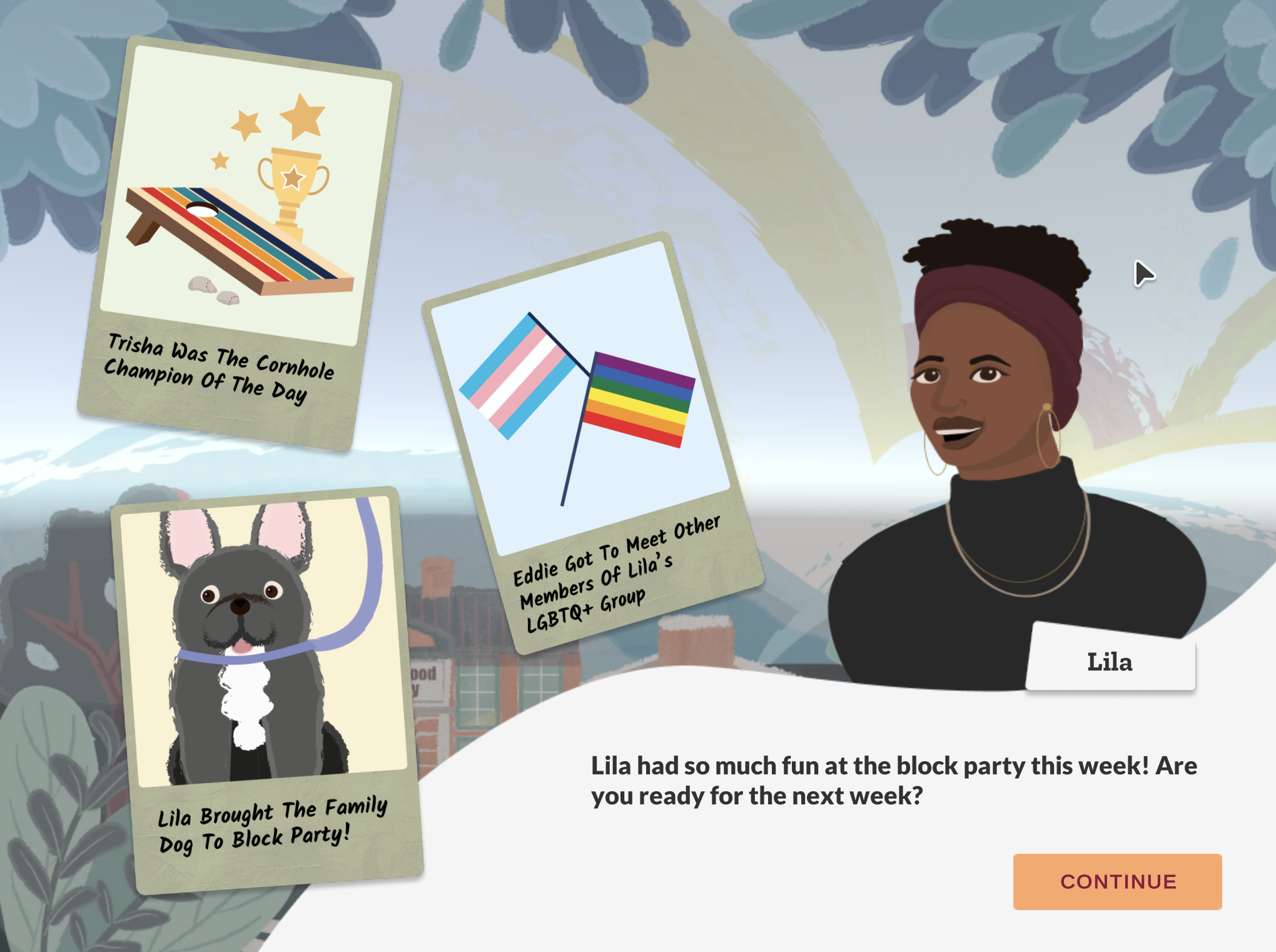
DICTIONARY: Based on affinity diagramming and analysis of the types of health information available in the original board game, we began by ensuring that the same information would be both available and expanded upon. To maintain the integrity of the visual novel, we decided to include a dictionary feature where players could look up terms they may be unfamiliar with, and provide a more comprehensive amount of information on specific topics.
LIBRARY-BASED: One of (if not the most) important constraint for this project was the setting of the library. Relying on information from the communities about how libraries were used and the time limits of computer use (~1 hour), we restructured the first iteration of the game to be playable in ~20 minute increments, which also allowed for replayability and return players.
PLAYER AUTONOMY: At every opportunity, we made narrative and design decisions to allow the player to feel fully in control over their game experience. From an in-depth introduction to guidance systems to control the storyline they would be engaging with, the player is autonomous in the majority of their decisions.
POSITIVE, NEUTRAL PLAYER VOICE: One narrative decision that was difficult was what type of dialogue options to give the player. We wanted to provide options for control, but we also wanted to uphold a neutral voice to allow our many different player groups to feel as though they were in the game, which was one of the most difficult writing tasks. Our priority fell to maintain neutrality of voice (every writer edited each other's player dialogue) and for emotion, we were guided by positive feedback loops to focus the player character's energy towards positive change. This point was definitely one that I would continue to work on if I had the opportunity.
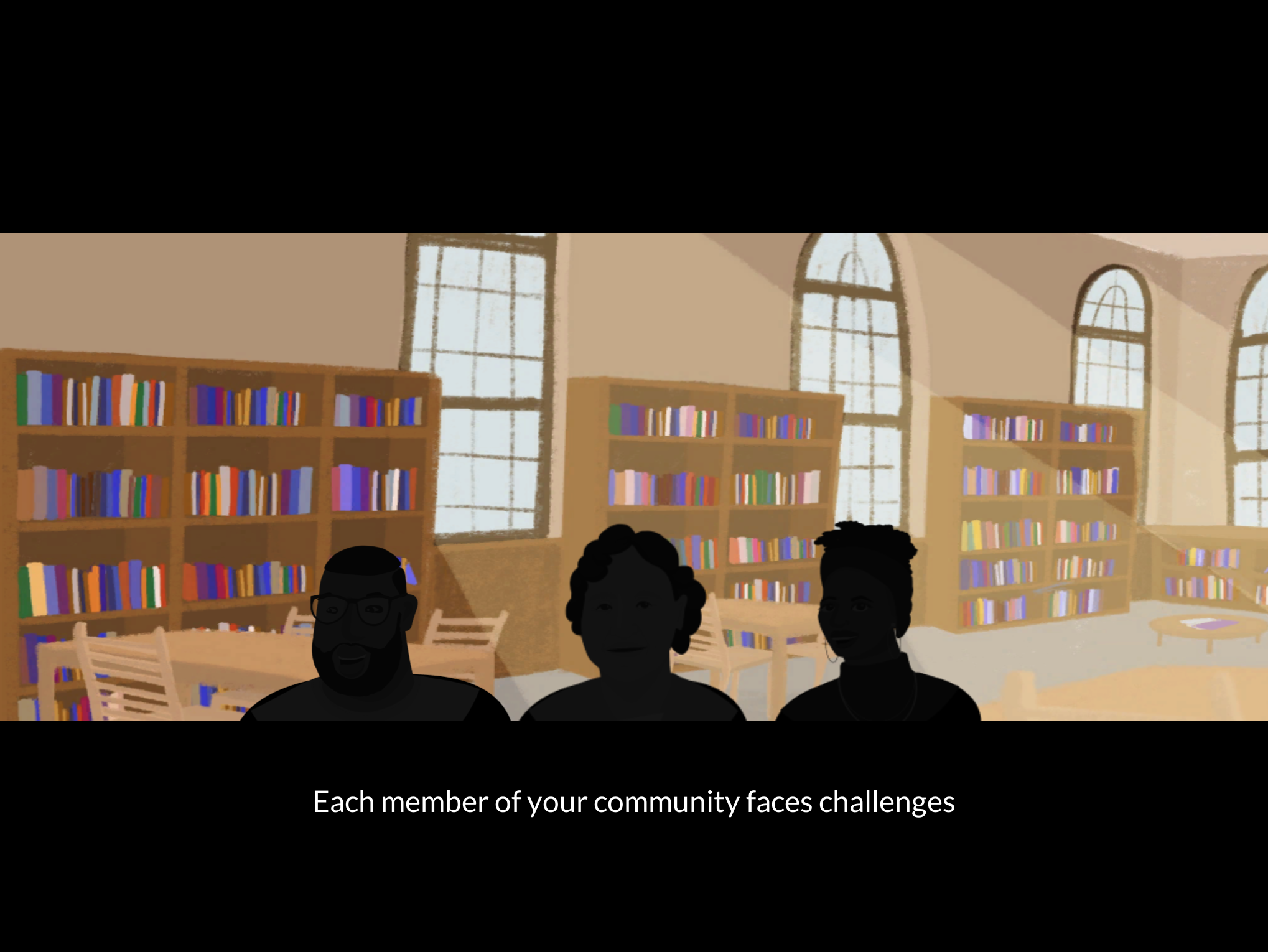
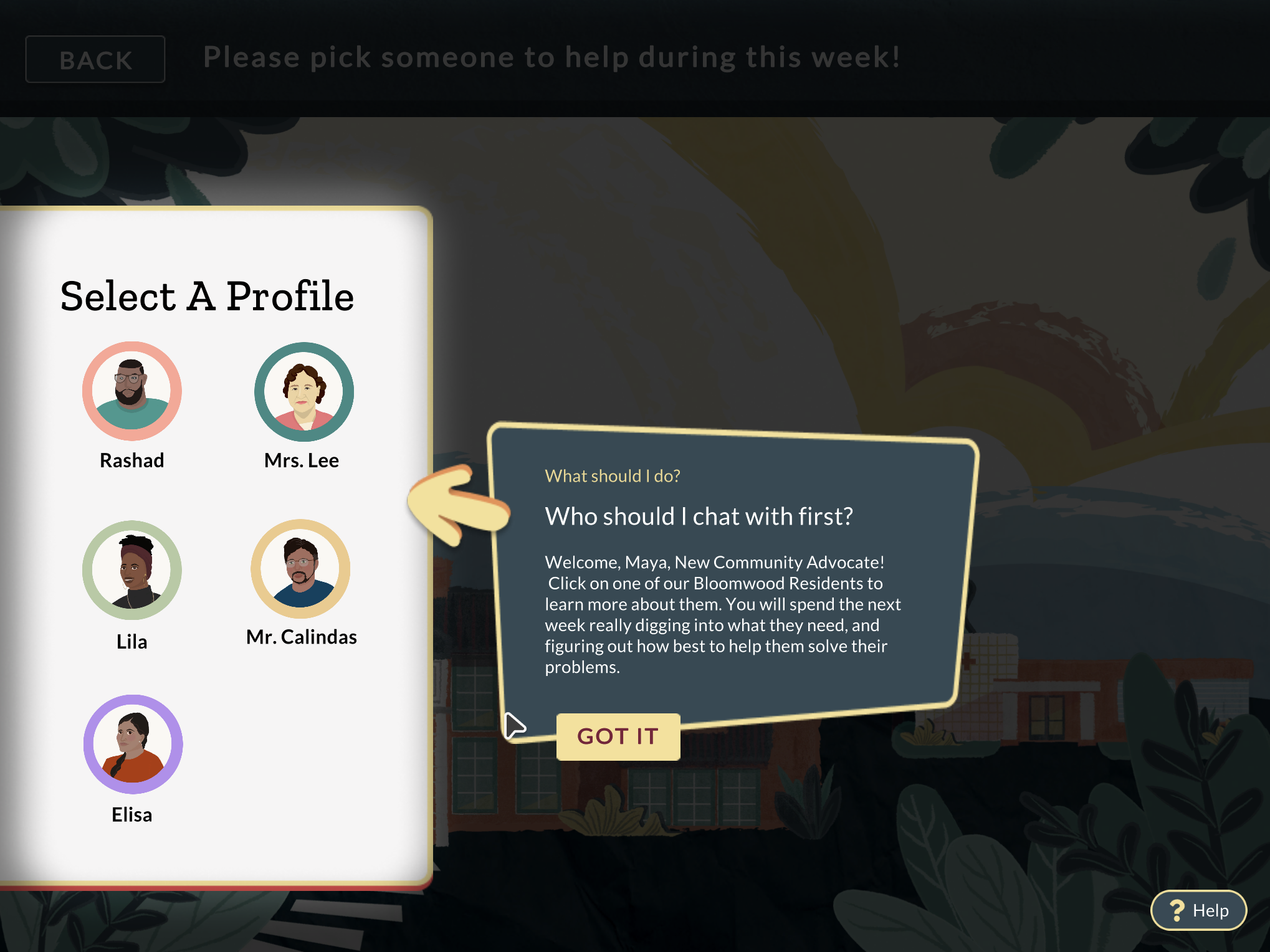
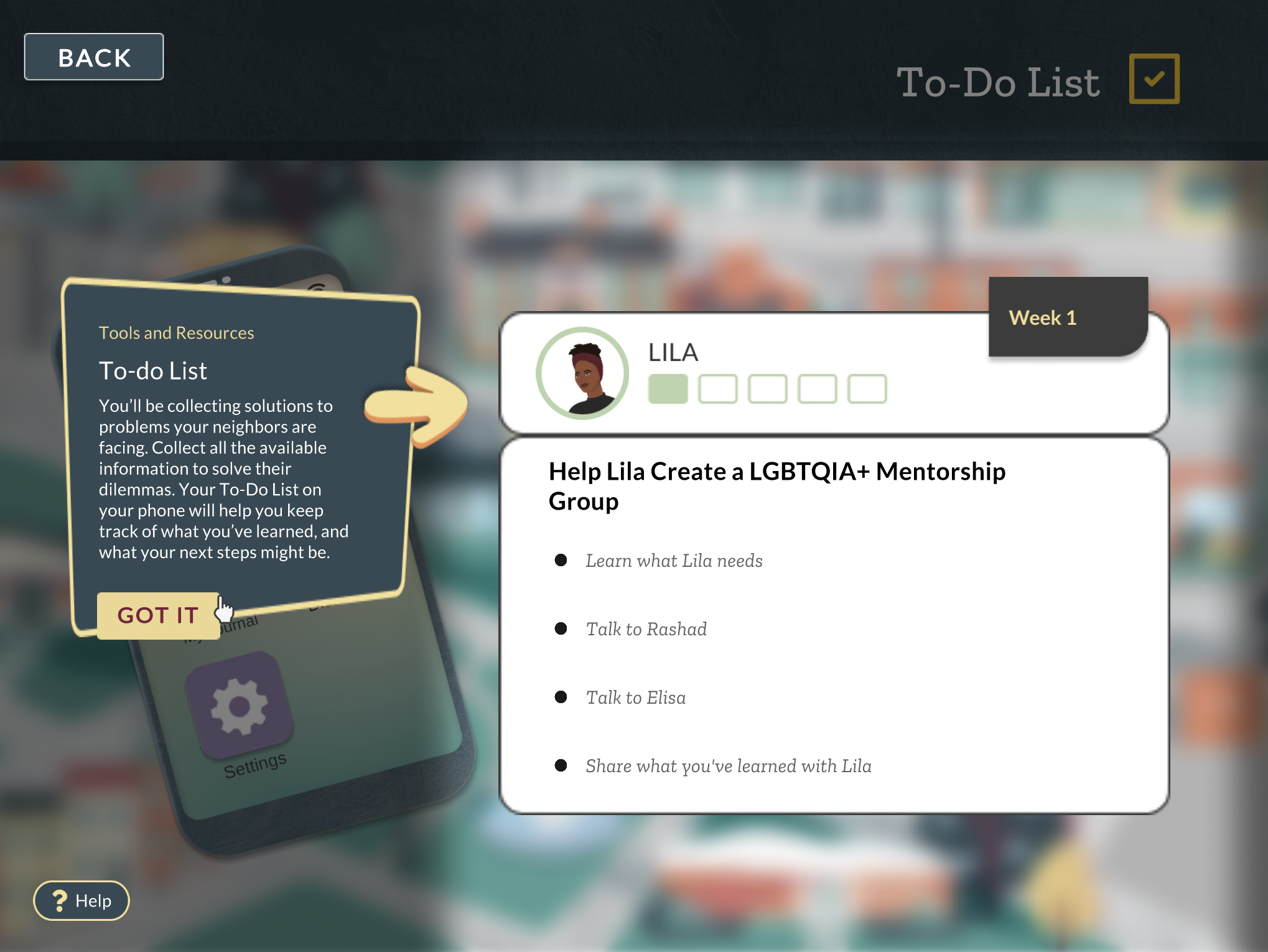
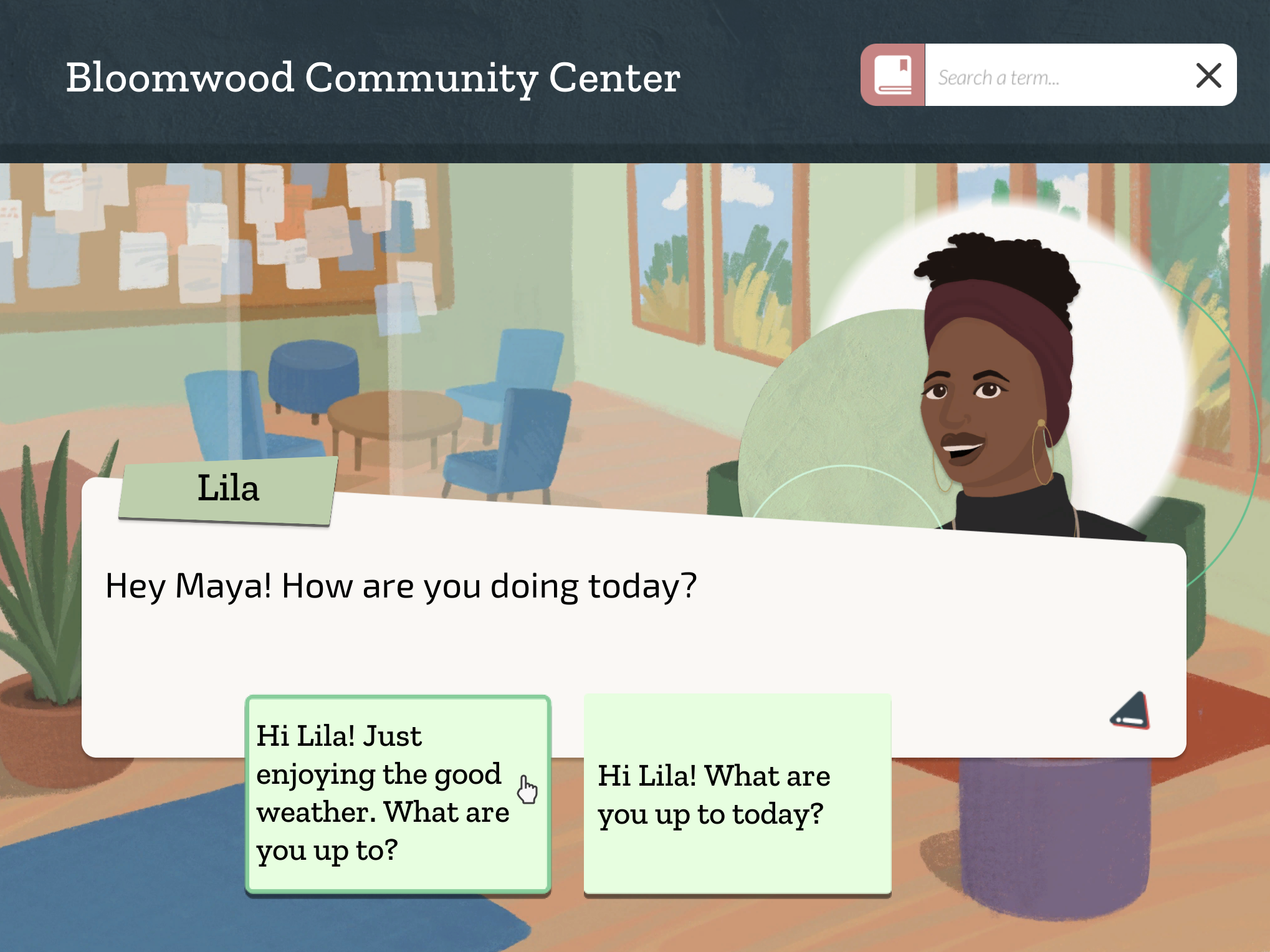
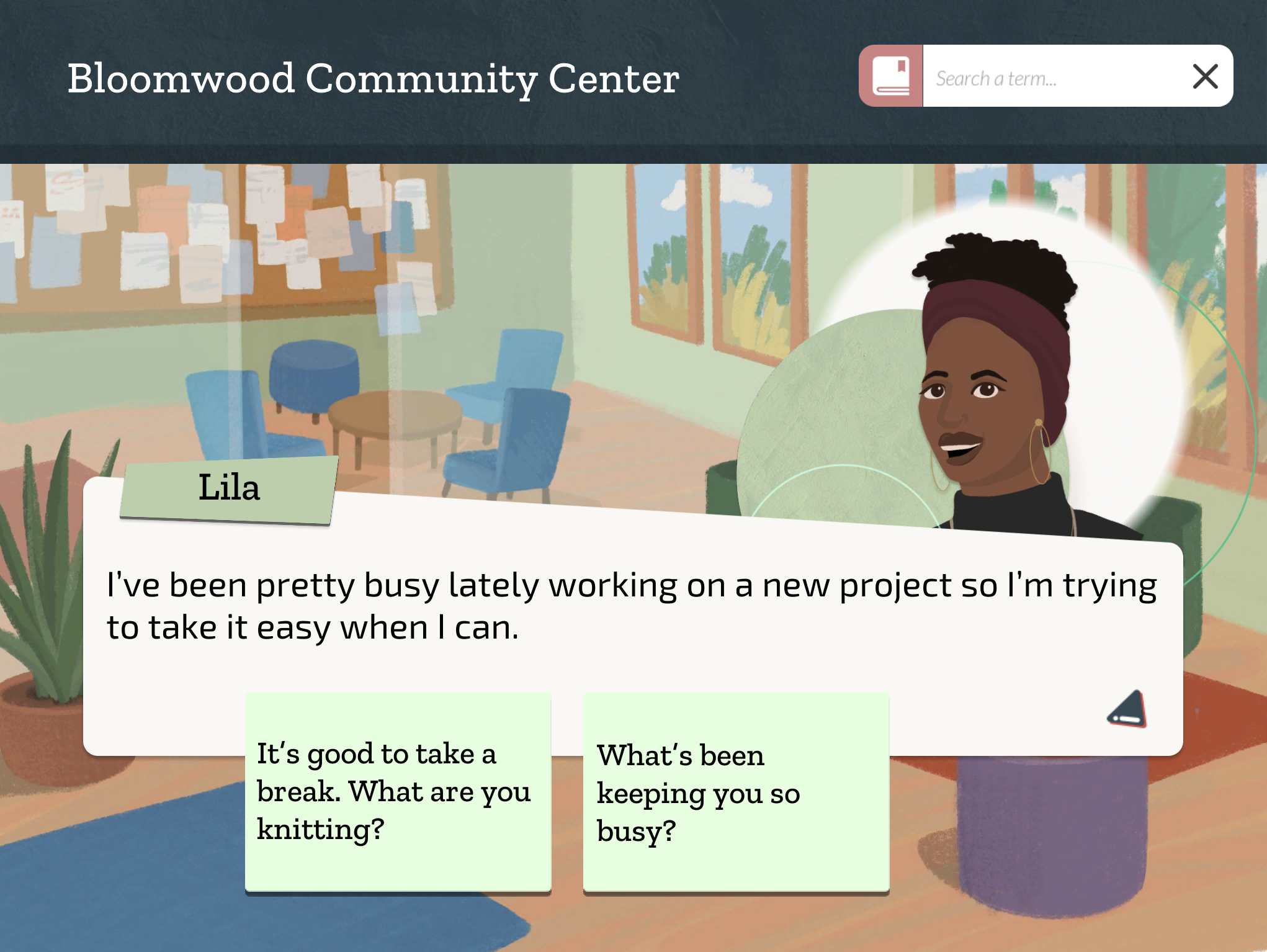
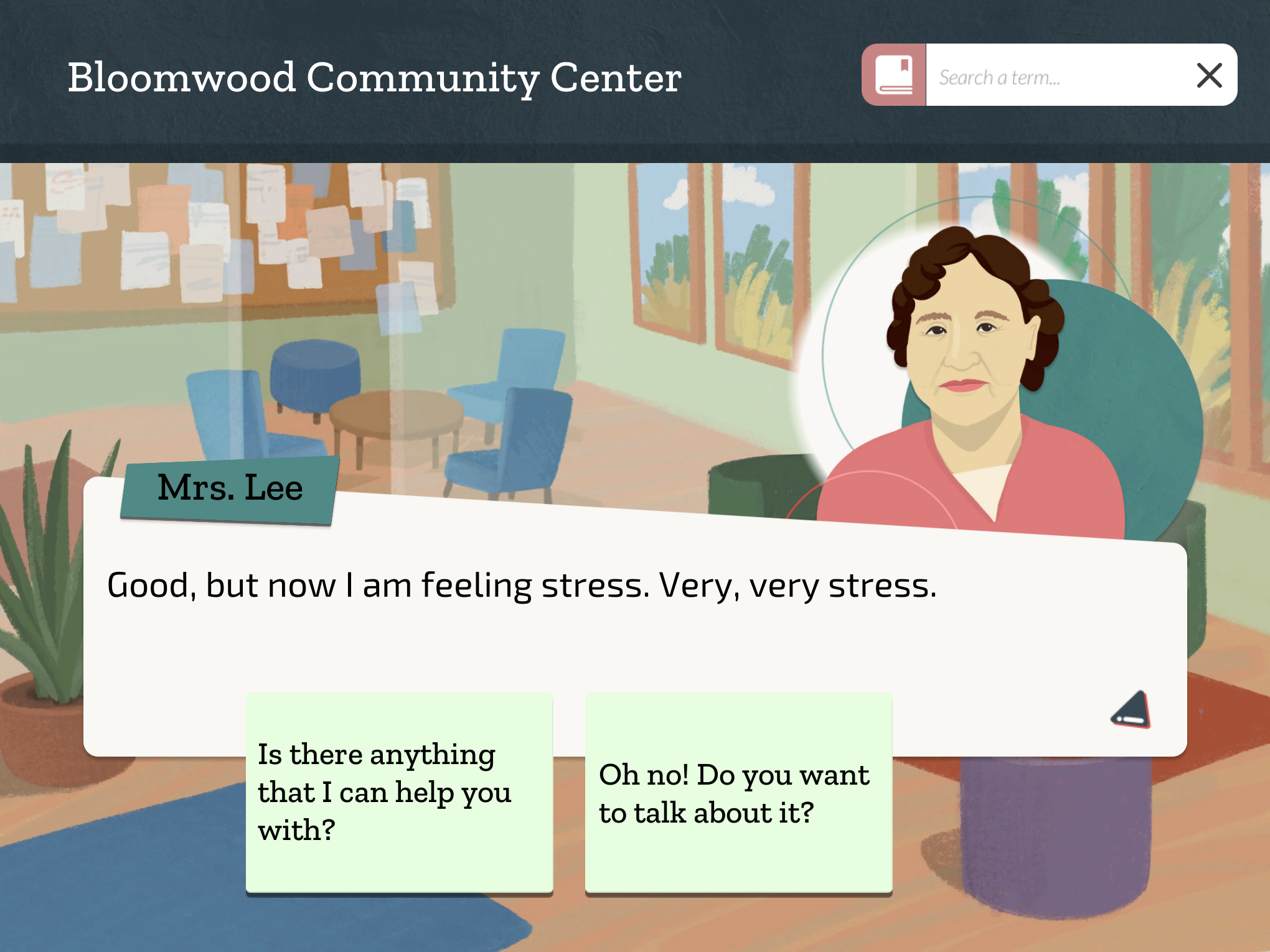
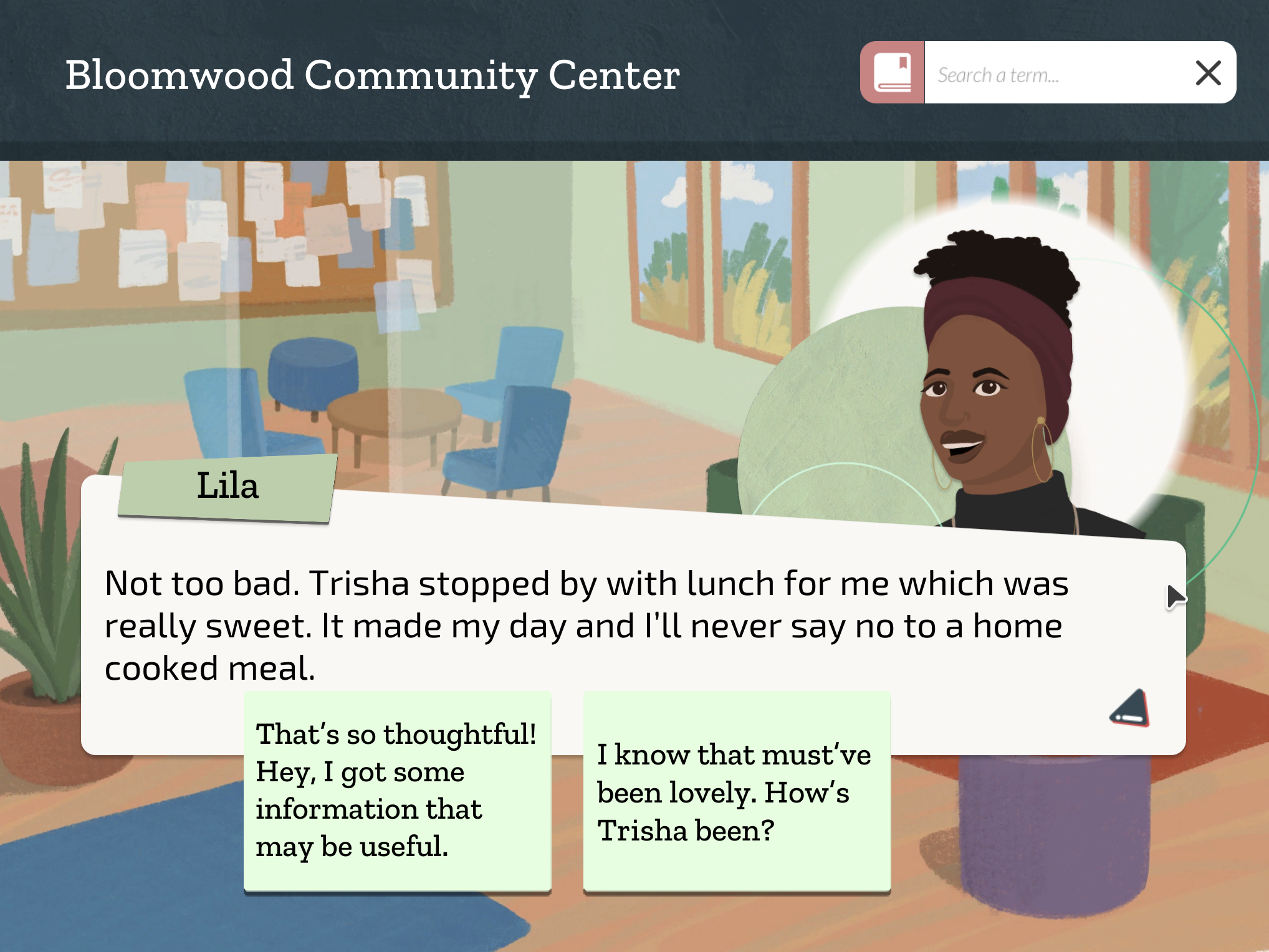
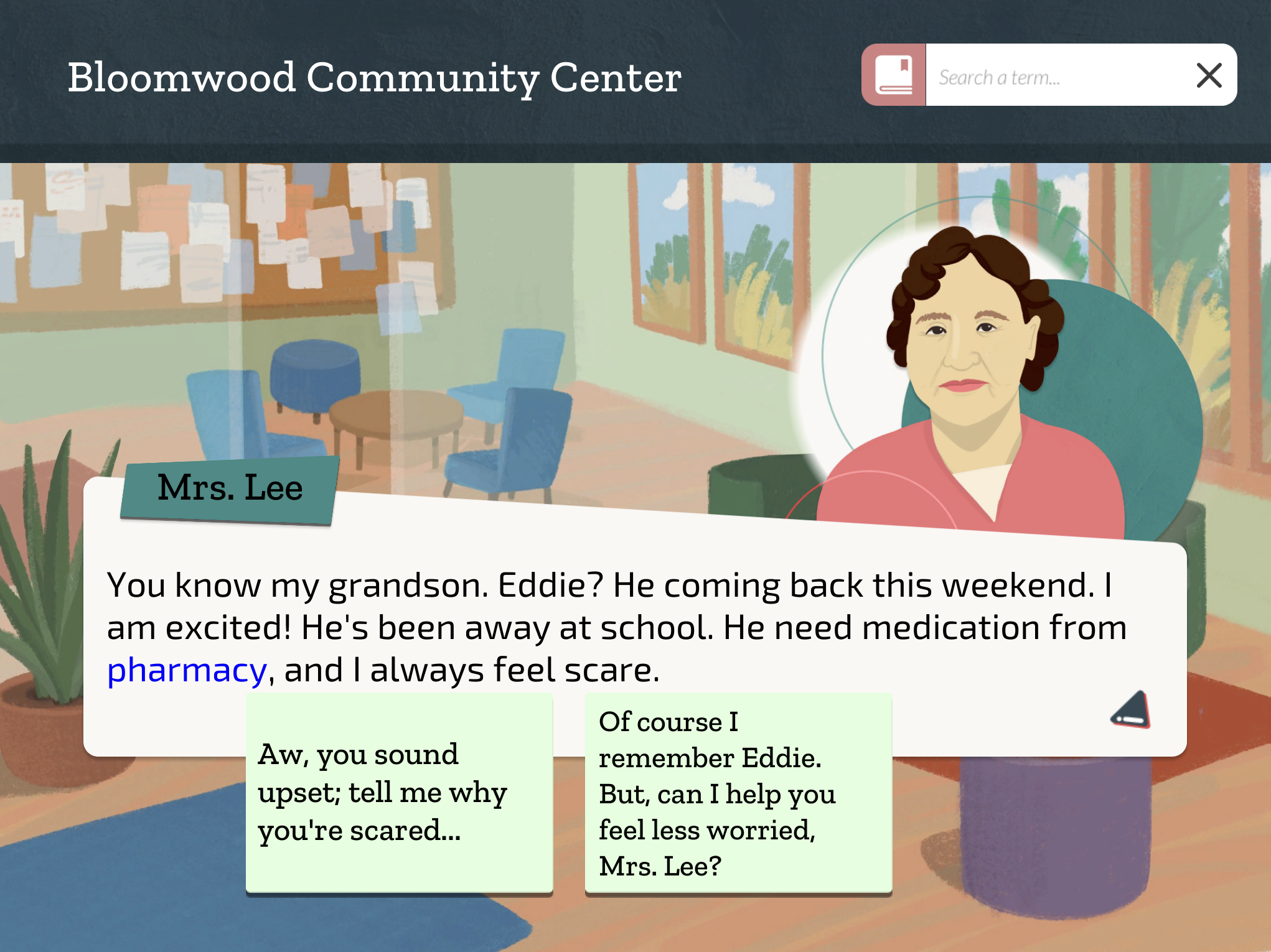
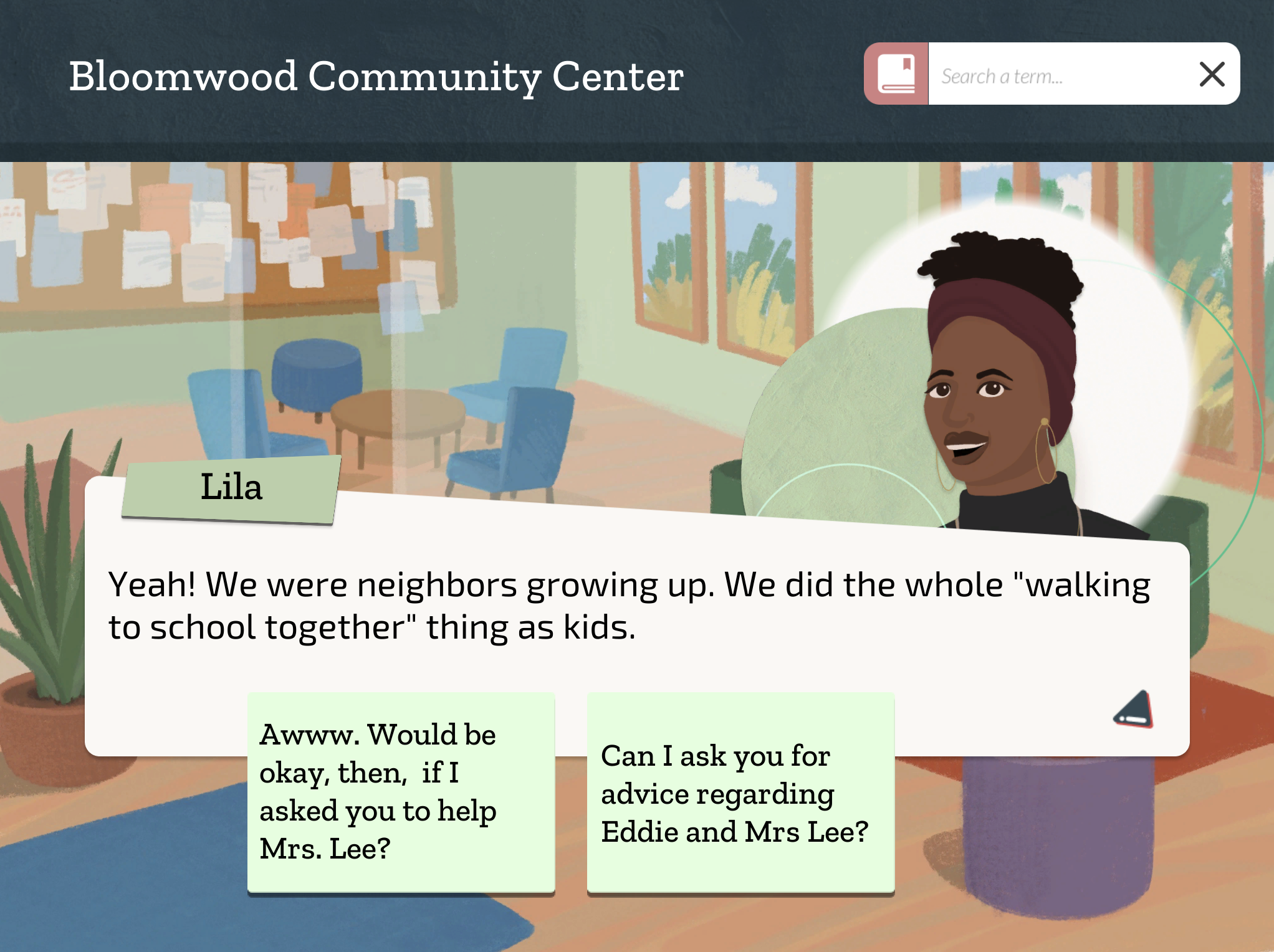
DIVERSE NON-PLAYABLE CHARACTERS: While our writing team was diverse, we all recognized our lack of experience in multiple areas while writing for such a broad community. We did individual research and spoke with members of our communities and our player's communities to voice the characters as authentically as possible. We also focused on content that was based in our personal lived experiences to write from a more intimate place. I wrote the narrative and dialogue for the NPC "Lila Morgan." We also worked to include words and language structures that would be true to a character's identity, background, and primary language.
SUPPORTING CAST: In addition to the main cast the player was interacting with, we spent time designing a supporting cast of characters who were close to our NPCs. These characters were already familiar to the player character through the community, and provided opportunities to represent more experiences and give the NPCs quests that were related to their loved ones as well as themselves and their goals.
CHI-PLAY 2021 POSTER PRESENTATION
After being accepted to CHI-Play 2021, we created a poster presentation for the conference with our updated progress and details about how the game was utilizing our research to attempt to make an impact in our players lives.
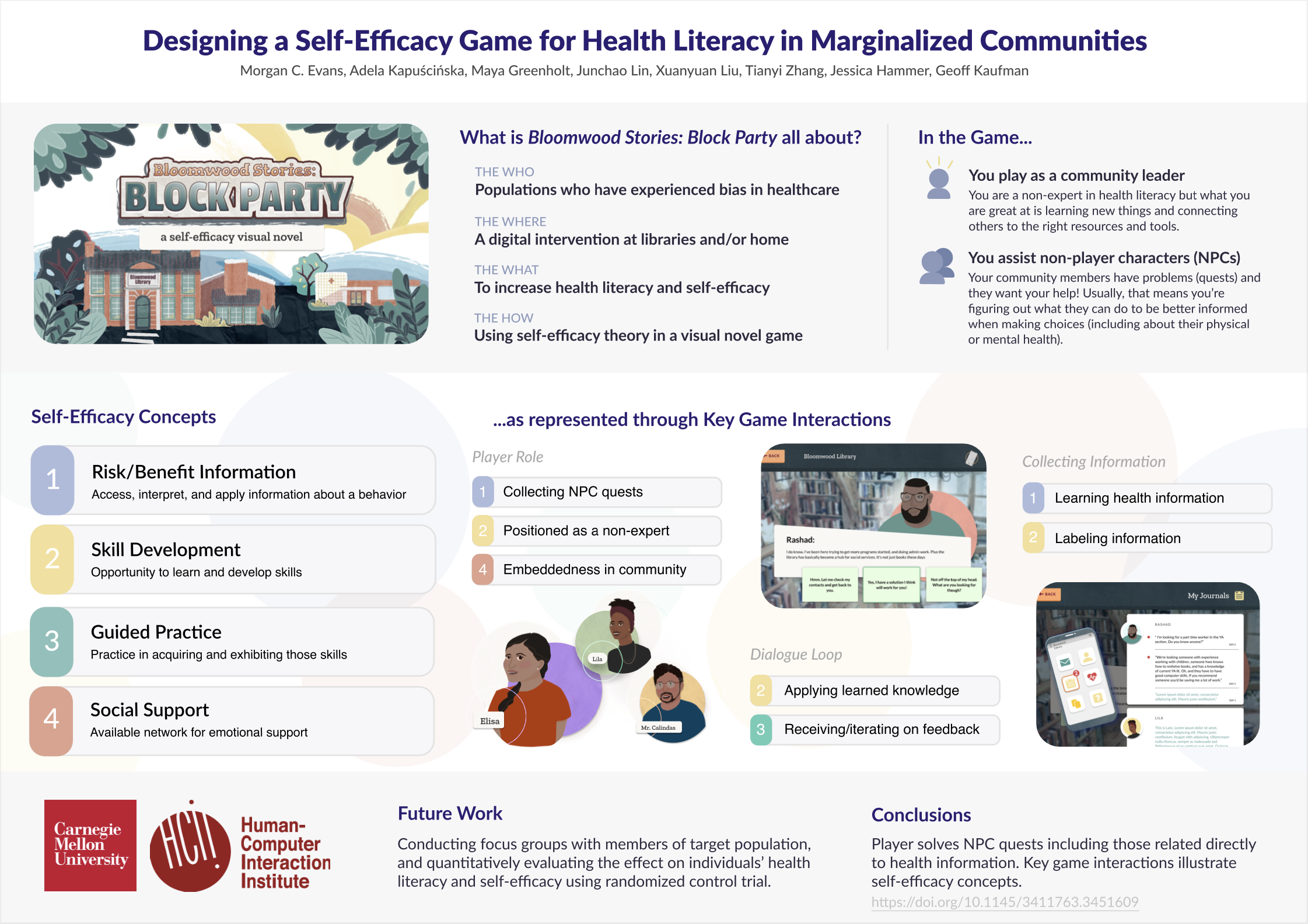
RESEARCH & INITIAL GAME DESIGN
For the first four months of the project, the research and game design teams worked in tandem to inform each other's work and provide support to each other's decisions and pursuit of further work.
TRANSFORMATIONAL DESIGN FRAMEWORK
A few years before our team was hired to create this game, our lab had published a paper describing a "Transformational Design Framework," which could be used for any project with the goal of transforming users, but was created specifically for educational game design endeavors. As a team, we took the time to meet and compile the answers together to guide our work. The 8 questions and our answers were as follows:
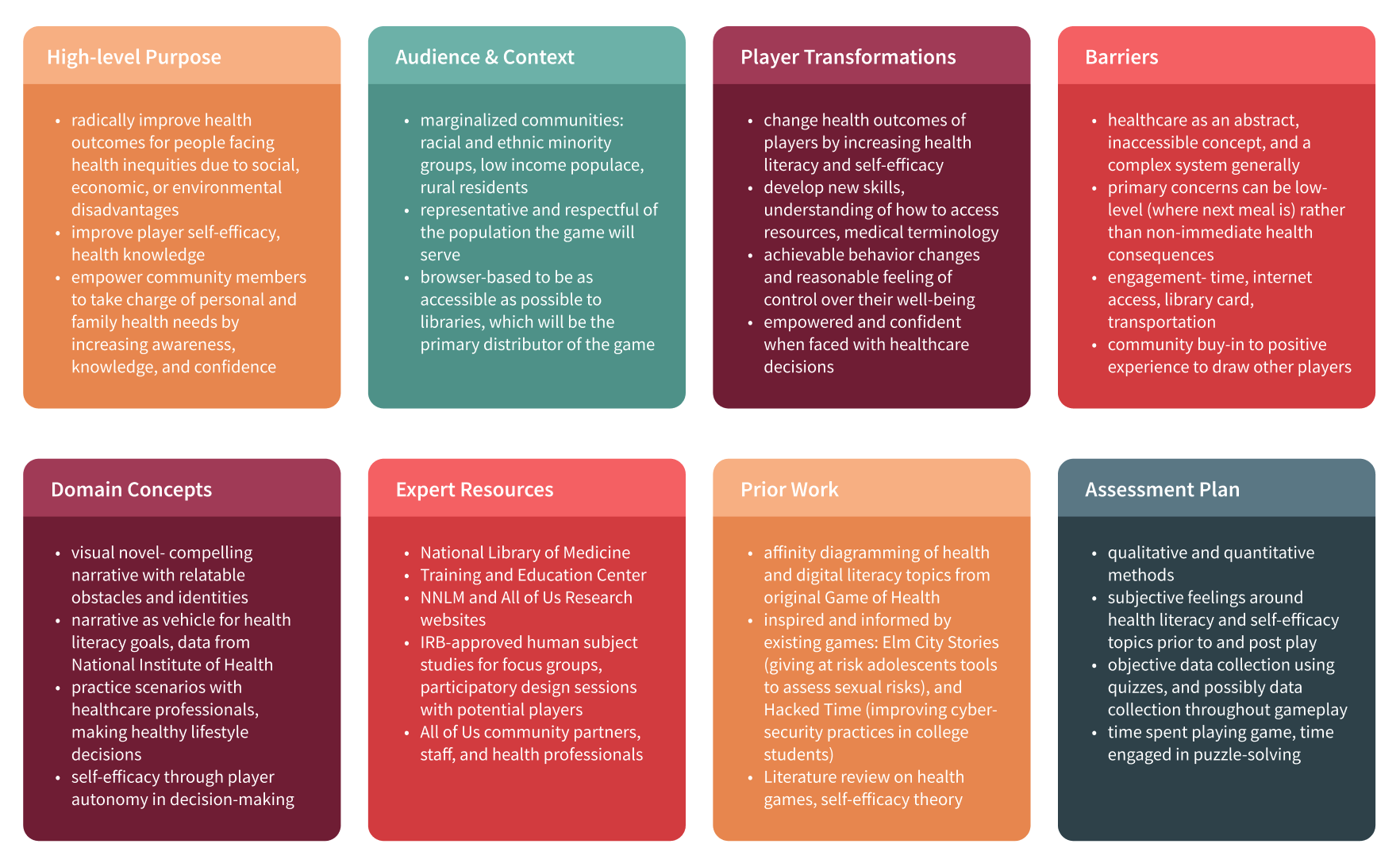
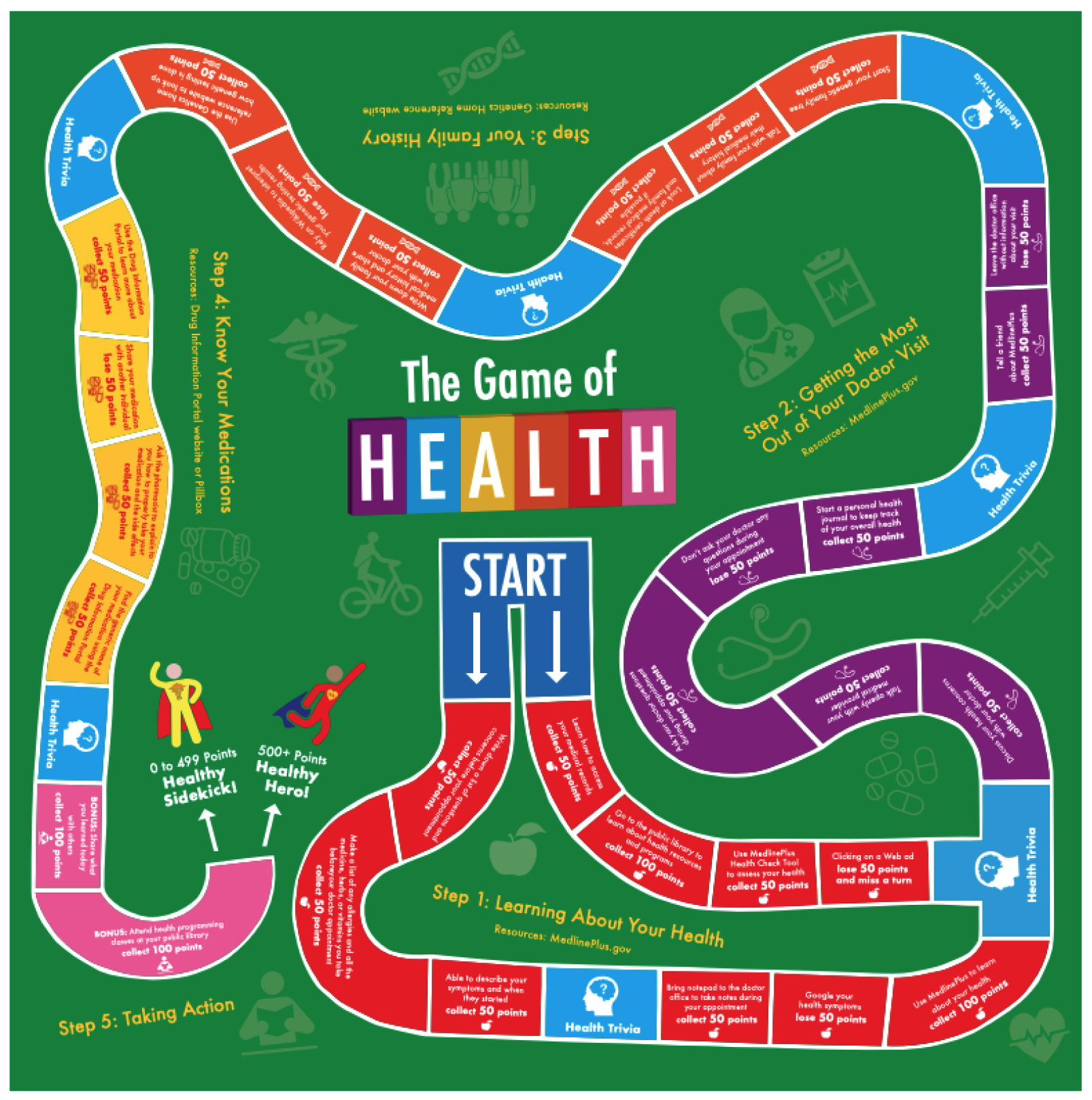
ORIGINAL GAME - EXPERIENCE MAPPING
Instructed to familiarize ourselves individually with the original "Game of Health" prior to a discussion with the team, all of the members of the research, design, and productions teams conducted a playthrough of the game. I compiled everyone's notes and created a journey map to visualize at what points people demonstrated engagement and when the game was losing their interest.
ORIGINAL GAME - AFFINITY DIAGRAMMING
As our original task of digitizing the game became a complete redesign in hopes of improving educational outcomes and engagement as a whole, we conducted several analyses of themes and information present in the original game to determine what was achieving its purpose and what we could trade out for more relevant information. The affinity diagram below organized the trivia cards and activities spaces from the original game into spaces representing different educational goals that we could target with specific game design techniques and test prior and post game-play later on.
LITERATURE REVIEW
The research team rotated between finding applicable research on four topics as one of our first tasks: health games, self-efficacy theory, self-efficacy games, and visual novel games (the visual novel approach was an early contender for our game design team). After discussing our summarized findings, we brought our research to the game design team to assist in informing design choices early on, like player character importance, etc..
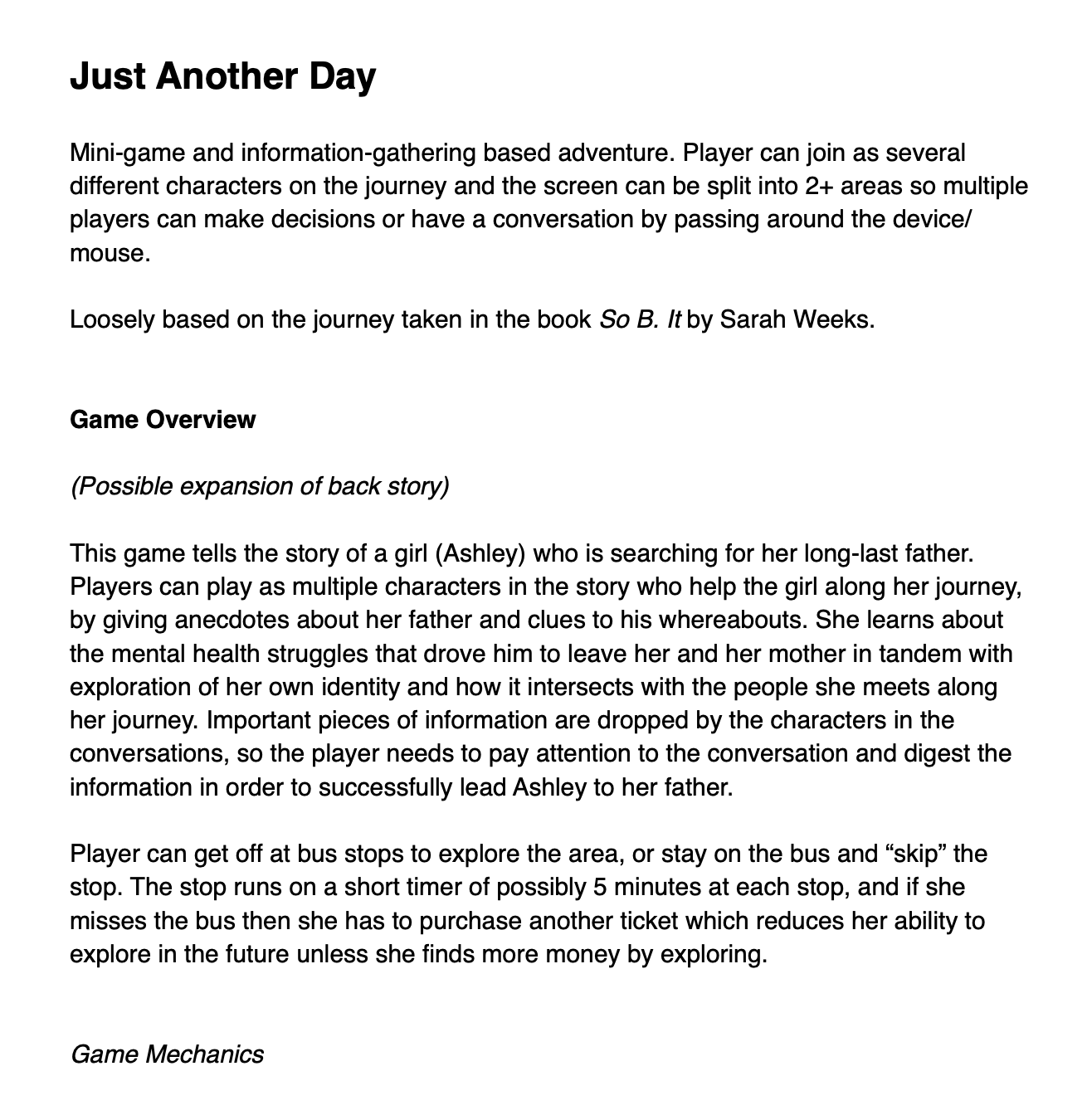
GAME SKETCHING
After expressing interest in working with the game design team as well, I was able to complete a design sketch for an exercise the team was doing to generate ideas for our game's style and potential storyline. The embedded design strategies I utilized in my sketch were distancing (separating the focal problem or learning opportunity from the player), intermixing (combining on- & off-topic game content to make the purpose of the game less obvious and more accessible), and obfuscating (using framing devices that direct players' attention away from the game's true focus).
INFORMATIONAL CASE STUDIES
Another information-gathering effort was conducted by the research team by finding and reviewing techniques used in other educational games that were popular and had perceived success in distributing their message. I reviewed "Dumb Ways to Die," which tied in train safety information to fun, silly, infinitely-replayable minigames.
This game did a great job of making bland information fun and repetitive without losing user engagement. Repetition was a focus of our design efforts, so this game was a good study in possible mini-game creation, and in randomization to create novel play scenarios.

PERSONAS
We designed initial personas to provide to the design team as they were working, as well as to provide an easy resource to inform decisions in later design phases. We worked on these very collaboratively to work through biases, provide more diverse perspectives, and make our assumptions as generally-applicable as possible. We also did some quick game concept creations based on our characters to provide to the design team for more ideas.
HEALTH LITERACY DIAGRAMMING
As an important exercise in fleshing out our goal of improving health literacy, we did a quick diagramming exercise to discuss what health literacy meant based on our research, and what specific actions and characteristics of health literacy could be attainably addressed in a game. Defining what common terminology meant based on our context was important to keep teams on the same page while working towards our goals.

FOCUS
With the research and design teams in agreement, we began to move forward with an interactive visual novel style game, with some basic ideas of how the player would be accessing information and engaging with the in-game world.
RESEARCH WITH THE COMMUNITY
After becoming IRB approved, we quickly began to reach out to contacts through the All of Us network to speak to community leaders about their interactions with these communities and where they saw and heard the most difficulty coming from. Additionally, we hoped that the approaches of these community members could inform some of our character design of a healthcare community member in the game.
FOCUS GROUP DESIGN AND FACILITATION- COMMUNITY LEADERS IN HEALTHCARE SPACES
The first group that we organized to test with was a group of leaders from several of the communities that we were going to be sourcing our players from. Their occupations ranged from nurses to local healthcare non-profit leaders to librarians.
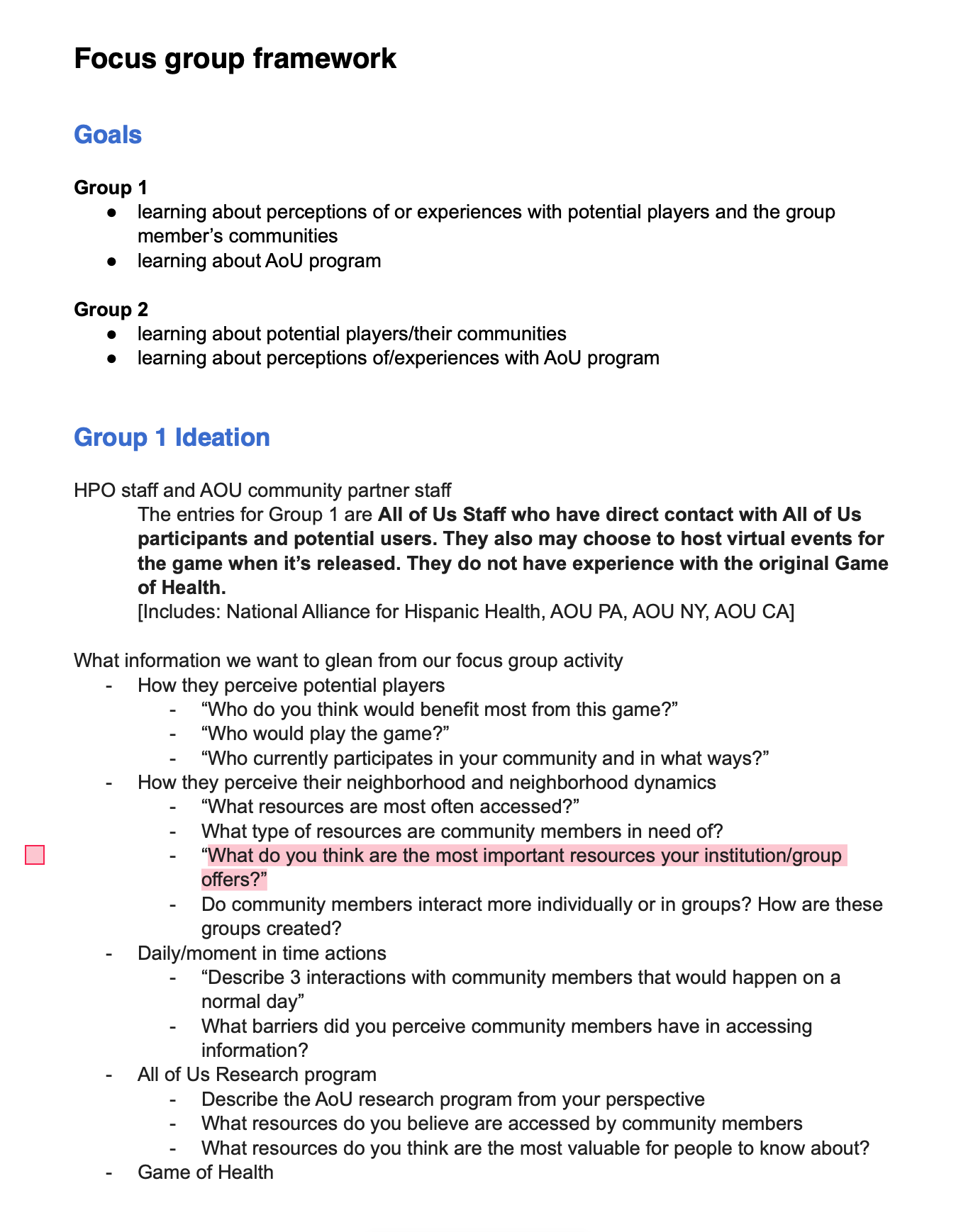
PROTOCOL & FRAMEWORK
We began by exploring basic frameworks sourced from our advisors' research, and built from there into our needs and context. We also had several rapid prototyping and brainstorming sessions to create activities that we could further design to encourage focus group members to consider our questions and goal information in alternate contexts.
We also had the advantage of utilizing a digital platform and group session to welcome community members from across the United States, which is something that would have been much more difficult to enact prior to the pandemic.
ACTIVITIES DESIGN
For our digital whiteboard, we used Mira, and had each user sign up for a free account beforehand. We then designed a basic tutorial for the functions that each member would need to participate, and then designed a set of 5 activities to address different topics we wanted to derive information from.
As we ideated on activities, we settled on a repetitive structure to ensure the members wouldn't have to learn new functions or recall a wide/varying set of instructions. We also decided to utilize our skills as facilitators to foster conversation rather than creating more detailed activities that might confuse members and lead to discomfort and thus, less recall ability or willingness in the session.
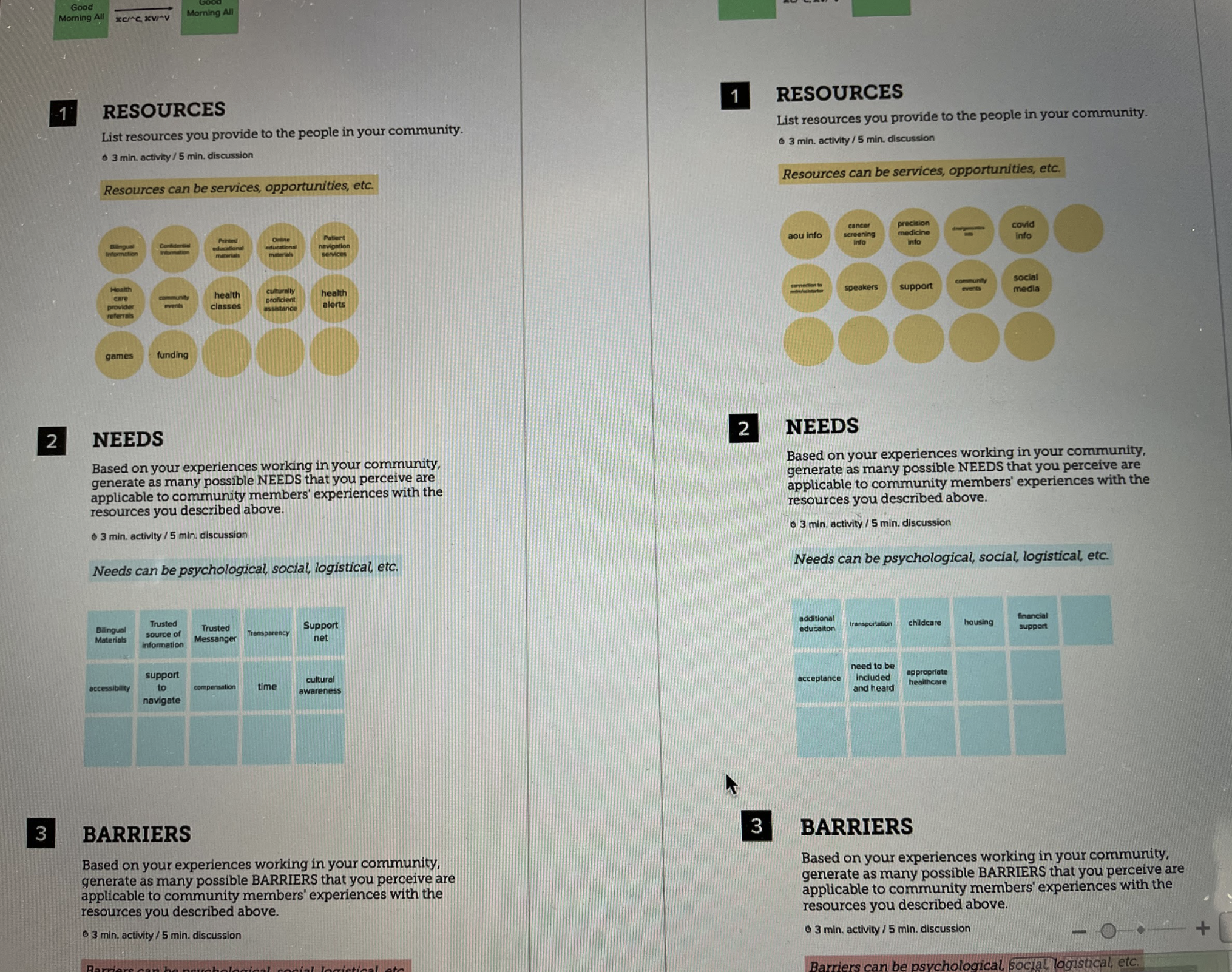

FACILITATION
For the first group, my partner (the primary producer) was the lead for facilitation of the digital whiteboard, and I was the note-taker and assisted with answering questions. For the second group, we switched roles, and I facilitated the introduction and each of the activities as we moved through the hour.
As the second facilitator, I learned from our first round where pain-points were for the group members, and was able to tie in answers to questions from the first round before they became an issue. We also were able to resolve some technological/instructional issues post first-round with the notes I had taken on the member's responses, questions, and sticking points.
PORTRAITS
After both of the focus groups, we began to compile anonymized information about members who held similar roles in their local communities. Our goals were to create jumping points for decisions about character and situation design in the game, and ensure that our narrative captured situations and barriers that the players would experience in their life.

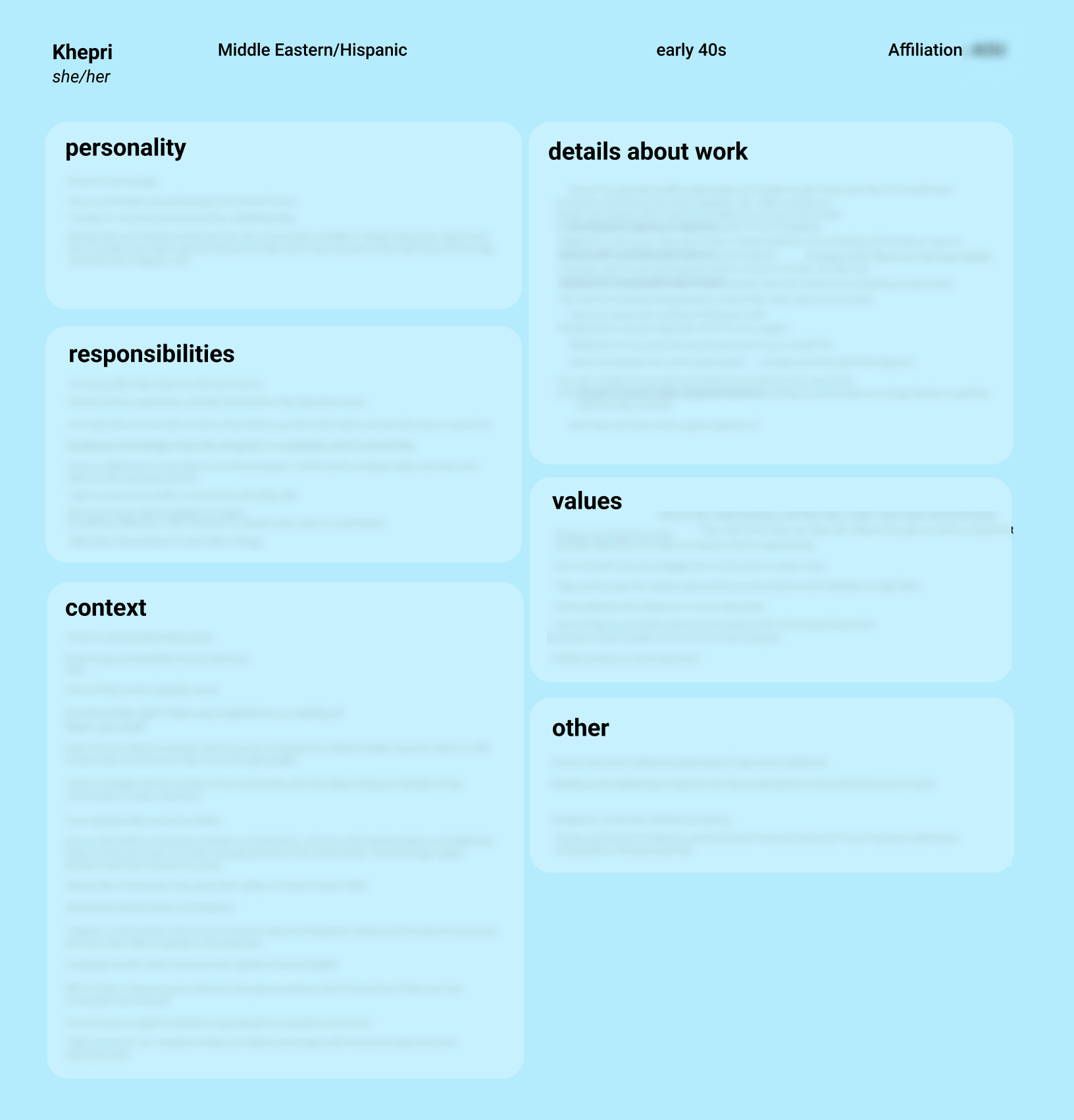
TAKEAWAYS
These compiled profiles were really helpful for us to highlight information that was true across communities and demographics, like the importance of information coming from a known member of the community in order to be trusted. We utilized our compiled findings from these exercises to inform both NPC and playable character design in the game, as well as the situations that the player would come across in the game. Centering our narratives on prevalent real-world situations gave us the best opportunity to make a change in how community members would approach these situations in their life.
CHARACTER & NARRATIVE DESIGN
Due to my involvement with production during the first phase of the project, after a holiday break, I was chosen to work on the narrative design and writing team as well as continuing light involvement with the research team.
CHARACTER DESIGN
We created quick iterations of wildly different characters to see what resonated with our educational goals and our diverse team. We wanted to pack as many identities as possible into a small cast of characters without overwhelming the player. We also wanted to make sure to cover an array of representatives of the marginalized communities who the game was for. The character that I ended up primarily designing and writing for was Lila Morgan, whose demographics and traits are highlighted below.

QUEST DESIGN
After we had settled on several characters that we kept coming back to, we started rapidly iterating quests based on the back stories, personalities, and challenges these characters were facing. In my design of Lila, I created 20 quests, and as a team we narrowed them down to these 4.
We were very intentional about spreading a variety of topics over the NPCs that were connected to their identities and social situations. We also included "filler" quests to ease pressure on the intensity of certain chosen quests to round out the player's understanding of the character and foster a bond between players who could relate to NPC situations.
PLAYER CHARACTER DESIGN
One of the challenges of writing dialogue as a team was creating a consistent player character voice. We had several constraints on the design and sound of the player character, since the player had to be able to identify with the dialogue options.


NARRATIVE COPYEDITING & FEEDBACK
Upon sending a draft of the final game to our stakeholders, we received feedback on both narrative and language choices that allowed us to incorporate inclusive "plain language" in substitute of some colloquialisms and advanced English that might not be accessible to our players. It was also beneficial to receive feedback on broader narrative choices so we had time to develop more material for our characters.
Other Work
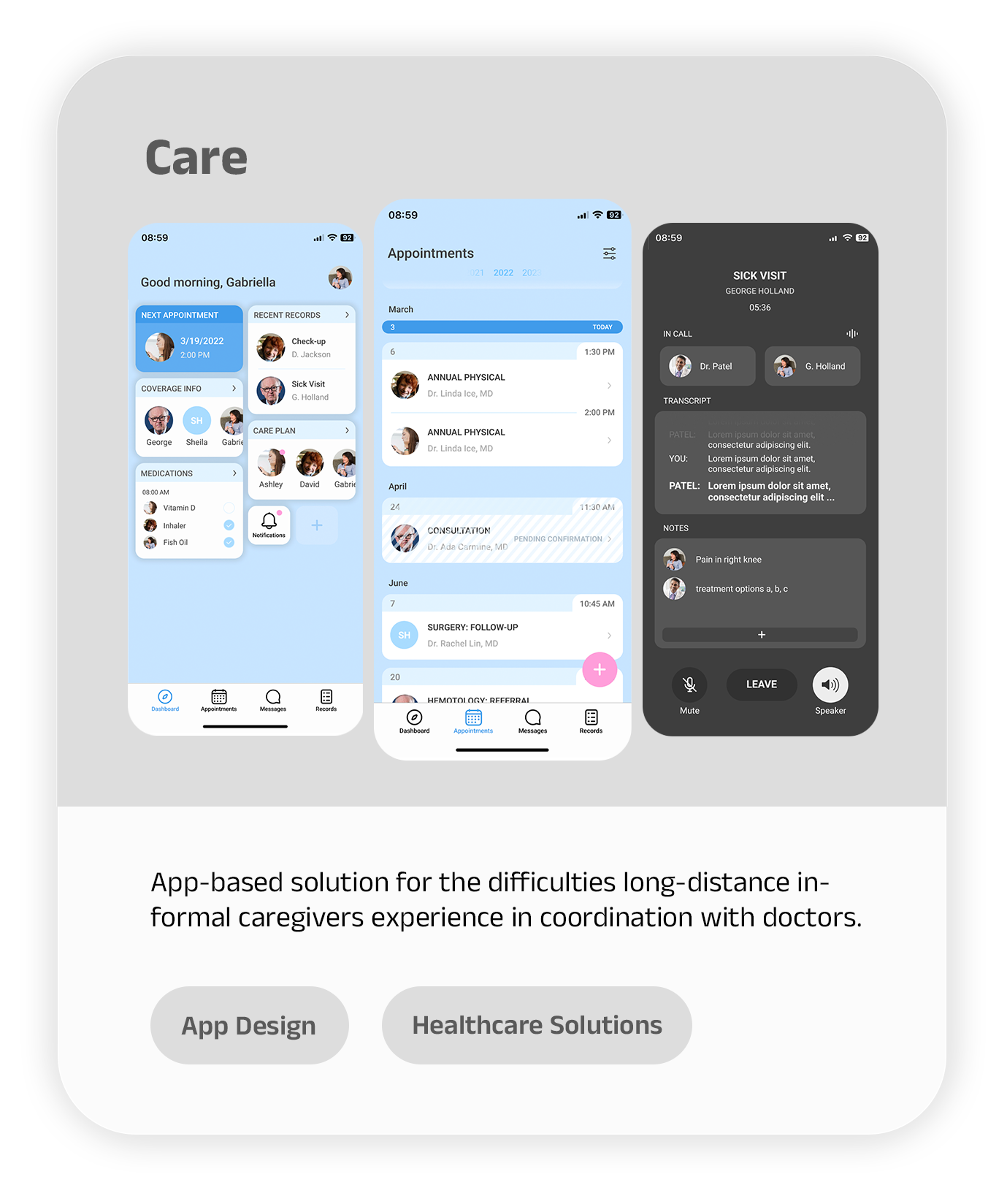
CareDesigned an application for caregivers and doctors to improve communication between the parties and thus the care of patients.
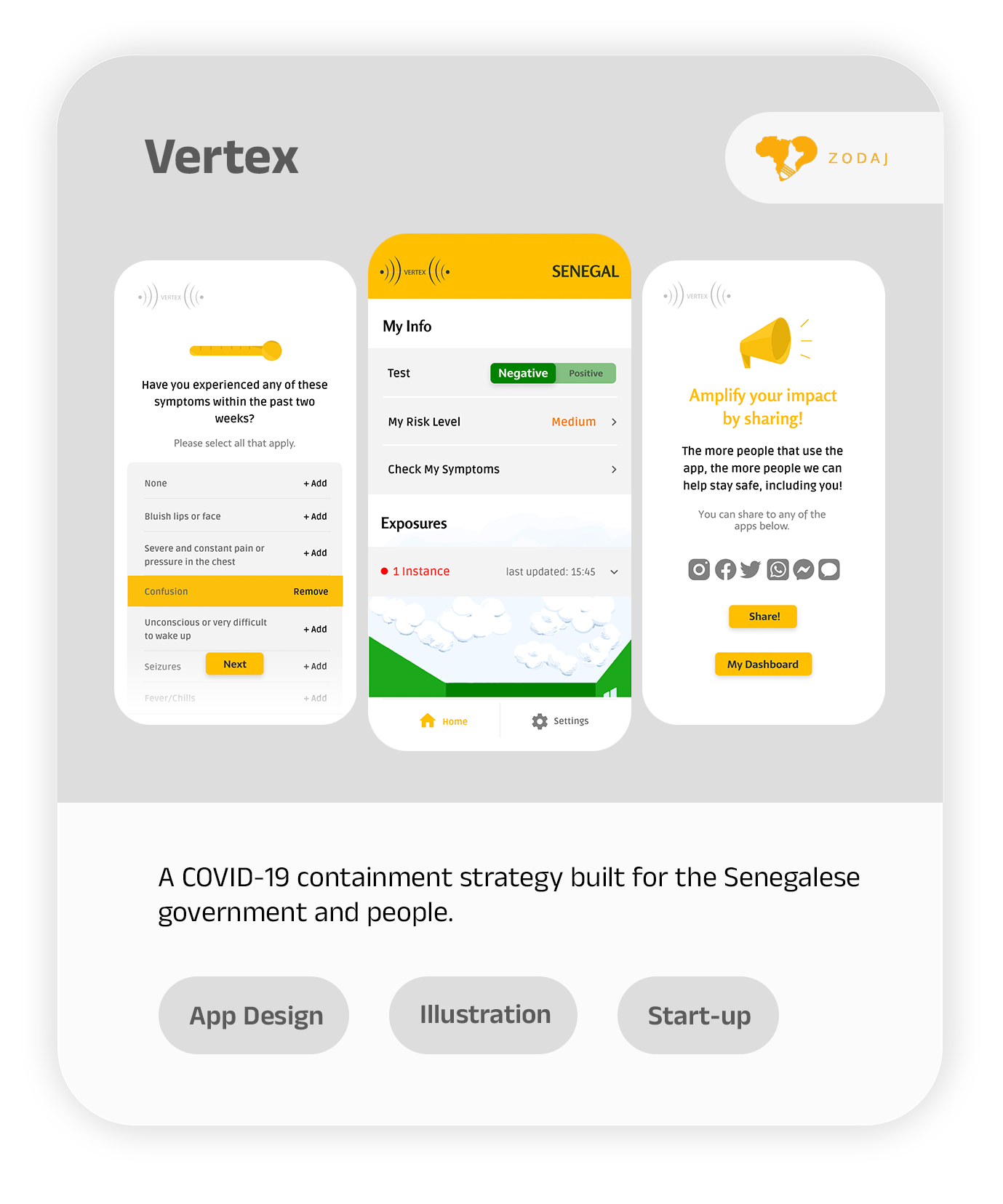
VertexLead UI designer for a mobile app for Senegal's COVID-19 response.
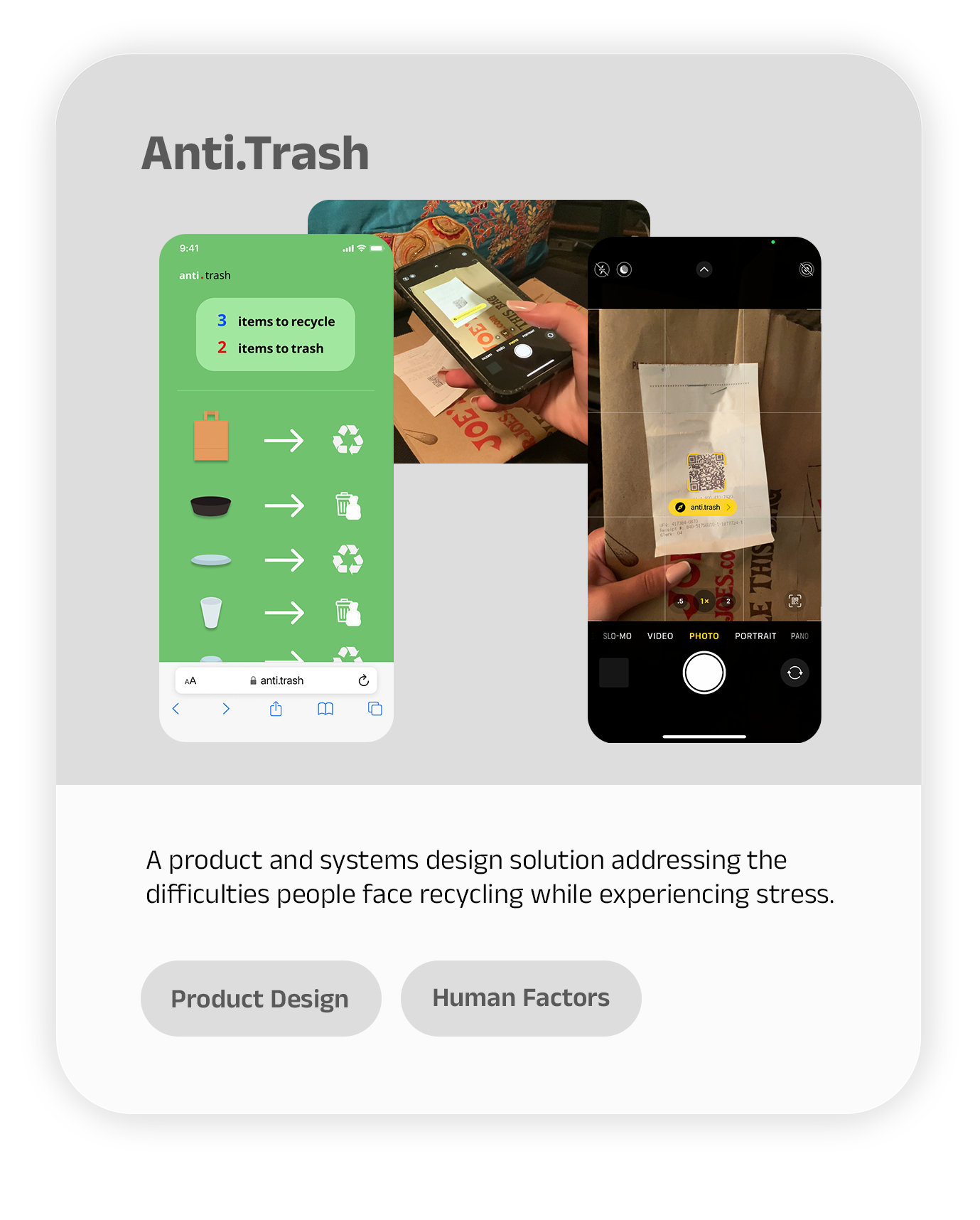
Anti-TrashResearched problem spaces in recycling habits and developed a simple solution that allows consumers to be better recyclers.
